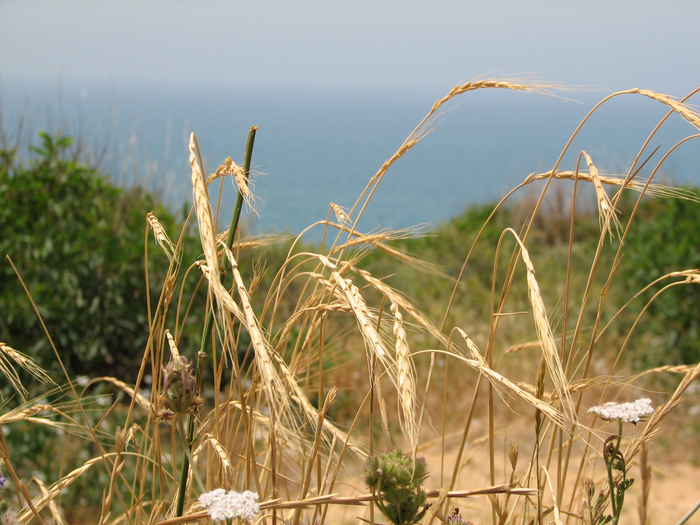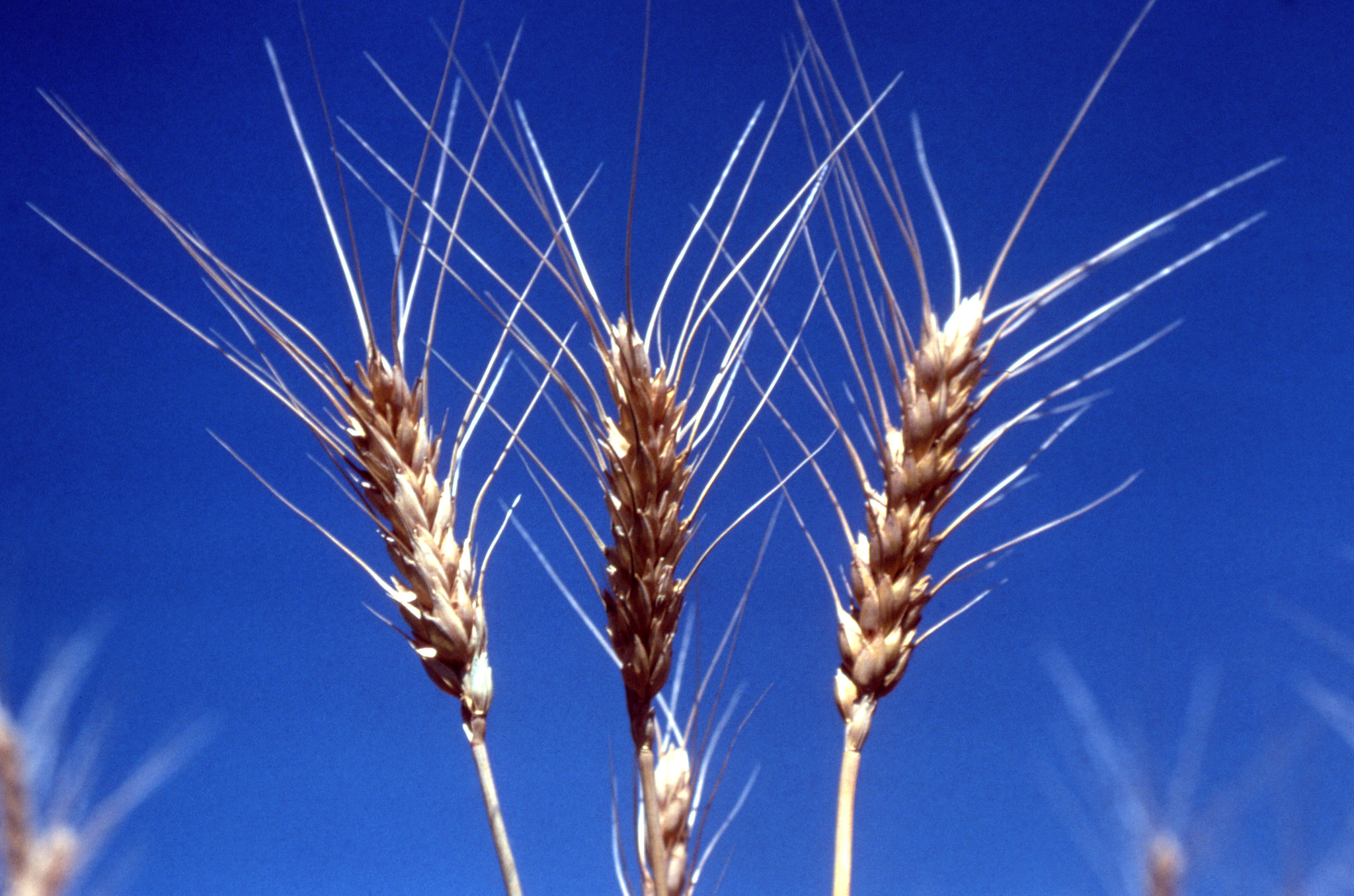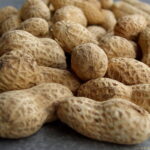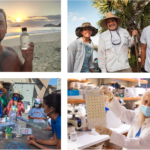Wild Relative of Wheat Could Help Curb Disease
Stem rust might be the bane of a wheat crop, but researchers may have found a solution that could protect the popular grain.
If the wheat used in breads across the world had an archnemesis, it could very well be stem rust. Farmers have battled with the disease, which is spread by a fungal pathogen, for thousands of years, with outbreaks in Australia, Uganda, Yemen, Siberia and beyond. By removing another host plant for the disease, researchers found ways to combat stem rust in the 1950s, but it’s continued to affect millions of hectares of cropland as recently as 2016, and is poised to become more prevalent as climate change continues to worsen. This doesn’t bode well for one of the planet’s most significant crops.
But a team of researchers in Norwich, England and from the University of Minnesota have discovered a potential hero in the stem rust saga: a resistant gene in wild goat grass, one of wheat’s tougher relatives.
Hidden resistance for wheat crops
Wild goat grass, or Aegilops sharonensis, grows in Israel and southern Lebanon, on a narrow strip of habitat along the Mediterranean Sea. While this isn’t the first study to use wild varieties of grains to combat wheat pathogens, the potential impact of wild goat grass has been somewhat of a mystery. Researchers are aware of its ability to evade other major grain diseases, but it’s unfortunately not a good candidate for widespread cultivation. A. sharonensis is a slow grower and a poor hybridizer, with a tough outer coat to boot.


But rather than try to cross-breed the goat grass with wheat cultivars, in this scenario the researchers were more interested in singling out the quirk that helps plants fight stem rust. They developed a genetic map of wild goat grass and scanned it using a tool called Mutant Hunter, searching for differences shared by other plants that are immune to stem rust — one of which is a molecule called a tandem protein kinase. Once they found what they were looking for, they isolated the gene, placed it in a plant that normally would be affected by the disease, and subjected the plant to several strains of the stem rust fungus.The plant survived them all.
“We now have this blockbuster gene that confers amazing immunity,” said Dr. Brande Wulff, a study author and former group leader at the John Innes Centre in Norfolk. “If I were stem rust, I would be shaking in my spore.”
Bigger than disease, strengthening wheat
From here, researchers hope to figure out how to make the gene responsible for stem rust resistance, Sr62, more efficient. At this point, the process of incorporating the gene into common agricultural wheat cultivars is complicated and difficult, but eventually the scientists would like to include Sr62 alongside other genes pulled from A. sharonensis that could help battle pathogens.
Another difficulty the scientists face isn’t necessarily technical, but social and political: the onerous task of getting the general public — and lawmakers — on board with genetically modified food. Last spring, the Brazilian government gave the green light to use a genetically modified wheat flour in food products, and a Latin American food production franchise plans to manufacture biscuits made with genetically modified wheat alongside a biotechnology company in Argentina. Still, many people remain suspicious of genetically modified organisms.
But in a world where plant diseases are only becoming more and more common due to climate change, having genetic resistance to pathogens is imperative to providing enough food to go around. And as Wulff points out, when a crop becomes diseased, it’s not just potential food that’s lost.
“An equivalent of 420 billion kilowatts — enough to power 300 million homes in the developing world — is wasted,” Wulff says. “If we can intervene with genetics, by recruiting the resistance found in this wild, wispy-looking grass, then that would be an amazing contribution to agriculture and climate.
This study was published in the peer-reviewed journal Nature Communications.
Read more about sustainable agriculture and plant genetics
Could Agriculture Save US Water Supply? – Population growth and climate change are making water an even more scarce resource. Does agriculture have the power to reduce water shortages?
Plant Bacteria Thrive in Wet Weather – Plants need water to grow, but too much water creates a perfect environment for plant bacteria, viruses, and fungi to thrive. How does this work, exactly?
Organic Gardening and Alternatives to Pesticides – Gardens inevitably attract insect pests. How can you use organic gardening techniques to protect your plants from pests and maintain a garden that is safe for pollinators and other animals?
Plant DNA shared through horizontal genome transfer – We now know more about plant DNA and how plants share genetic material with one another. Welcome to the horizontal genome transfer!
Agricultural Emissions Could Upset Climate Goals – Digging in the ground impacts the atmosphere. Changes in land use have driven emissions, which in turn have contributed to climate change.
Genetics Behind Lavender’s Popular Scent – The scent of lavender is loved by humans and insects alike, but what makes lavender scent so attractive? A group of scientists decided to find out.
Reference
Yu, G., Matny, O., Champouret, N. et al. Aegilops sharonensis genome-assisted identification of stem rust resistance gene Sr62. Nat Commun 13, 1607 (2022). https://doi.org/10.1038/s41467-022-29132-8
Featured image: Stalks of wheat silhouetted against blue sky, July 1978. Courtesy of USDA NRCS Montana.


About the Author
Mackenzie Myers Fowler is a science writer, avid knitter, and former field station ragamuffin. She holds an MFA in nonfiction writing but would be a soil scientist if she could do it all over again. She lives in Michigan with her husband, her cat, and a plethora of houseplants.




